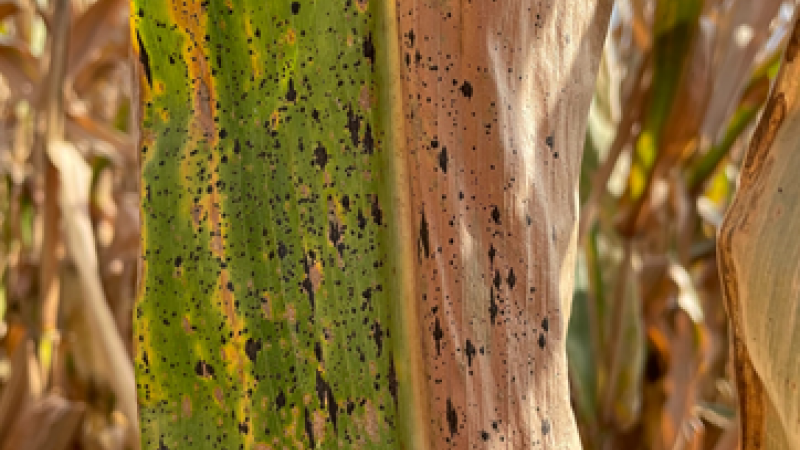Identify and Manage Corn Ear Molds
Eric Solberg, Eastern Product Agronomist
October 21, 2019
Cooler and wet conditions in the Western Corn Belt have delayed harvest and slowed grain drying, leading to increased ear rot diseases and grain molds. Some producers and consultants also are observing rotted cobs, which can be related to several ear rot diseases.
What you should know:
- Scout for ear molds beginning at late-dent stage by pulling husks back and examining each ear for rot or mold.
- To identify a disease, consider conditions in which the crop was planted, field history, husk type and environmental conditions at tasseling, silking and pollination.
- If you can’t identify the ear mold, send the entire ear to your Hoegemeyer agronomist or university agriculture extension for evaluation.
Learn more here with this Hoegemeyer agronomy profile on ear molds.

